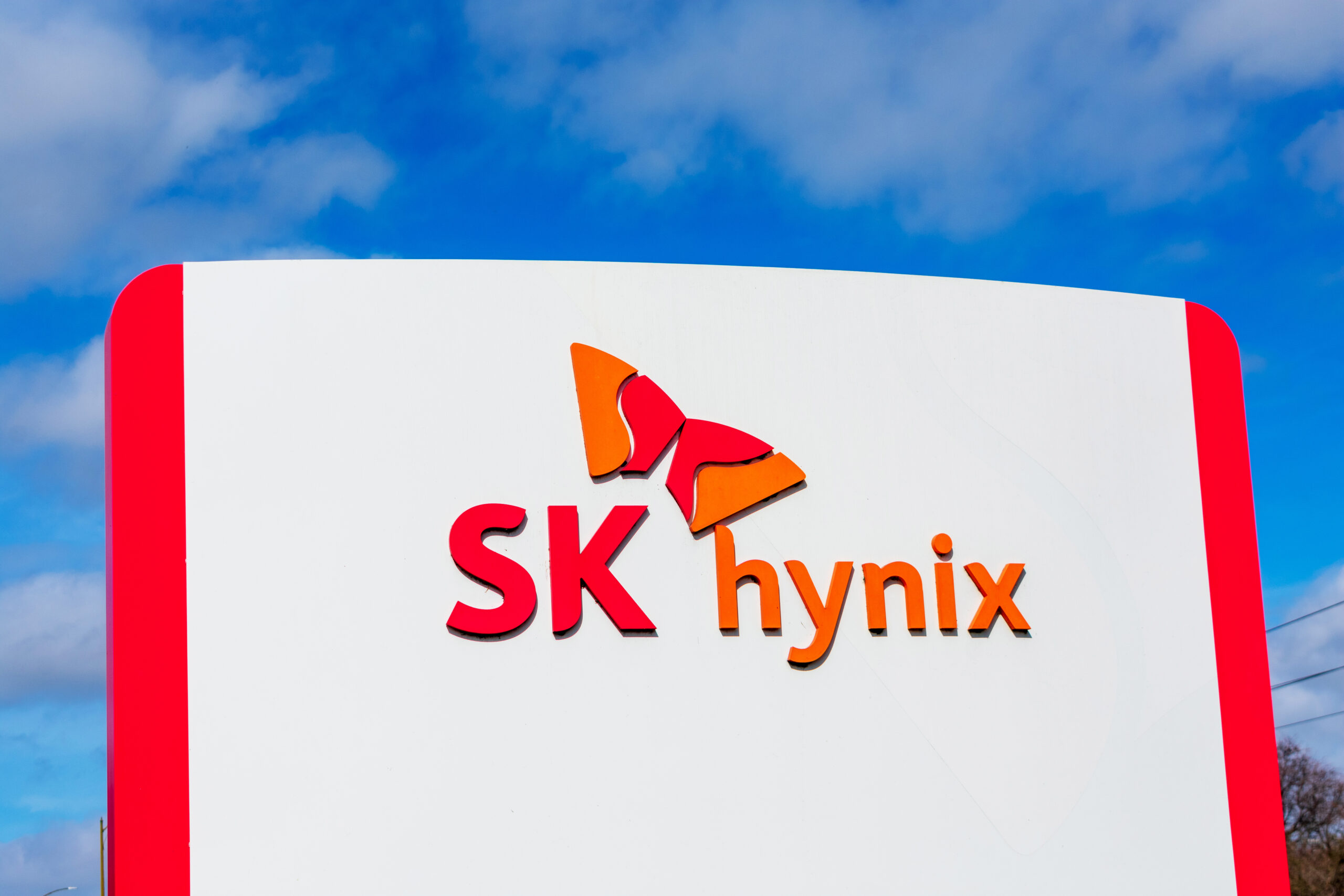Top Ways To Build A Cryptocurrency Portfolio – A Complete Guide For Beginners

Cryptocurrency has been gaining popularity as an alternative investment opportunity in recent years. Building a diverse portfolio of cryptocurrencies can be a great way to increase your exposure to this exciting and growing market. One strategy for building a cryptocurrency portfolio is by completing various tasks on Web3 platforms.
Web3 platforms are decentralized applications (dApps) built on blockchain technology. These dApps provide various services and incentives to users in the form of tokens, which can be traded or held as part of a cryptocurrency portfolio. Web3 platforms, also known as decentralized web platforms or blockchain platforms, are a new generation of online platforms that are built on decentralized technologies such as blockchain.
Unlike traditional web platforms that rely on centralized servers, Web3 platforms are decentralized, meaning that they are distributed across a network of nodes and are not controlled by any single entity. Web3 platforms enable users to interact with decentralized applications (DApps) that are powered by smart contracts, which are self-executing programs that automate the process of verifying and enforcing agreements between parties.
These DApps can enable a wide range of activities, including decentralized finance (DeFi), peer-to-peer marketplaces, decentralized social networks, and more. Some of the most popular Web3 platforms include Ethereum, Polkadot, Solana, and Binance Smart Chain.
These platforms provide developers with the tools and infrastructure needed to build and deploy DApps, and users with the ability to interact with these DApps using cryptocurrencies and other decentralized tokens.
Web3 platforms are often seen as the future of the internet, as they offer a more decentralized, transparent, and secure alternative to the centralized platforms that dominate the web today. In order to get started, it’s important to research and identify different Web3 platforms that align with your investment goals and risk tolerance.
There are various Web3 platforms that offer users the opportunity to earn cryptocurrency by completing various tasks. These platforms typically operate on blockchain technology and use smart contracts to automate task tracking and payment processes.
These platforms offer users the ability to earn cryptocurrency by providing liquidity to various decentralized exchanges or lending their cryptocurrency to others on the platform. These platforms also allow users to earn cryptocurrencies by completing tasks such as writing reviews, participating in surveys, or providing feedback on products or services.
Some decentralized social networks reward users for contributing content, curating content, or participating in community governance. Some Web3 gaming platforms offer cryptocurrency rewards to players who complete certain tasks, such as winning battles or reaching certain milestones within the game.
Some popular Web3 platforms include decentralized exchanges (DEXs) like Uniswap and Sushiswap, lending and borrowing platforms like Aave and Compound, and gaming platforms like Axie Infinity. Once you have identified the Web3 platforms you want to engage with, you can start completing tasks to earn digital currencies. These tasks can include providing liquidity to a DEX, staking tokens on a lending platform, or playing games on a gaming platform.
Building a cryptocurrency portfolio by completing tasks on web3 platforms can be an effective way to earn and accumulate cryptocurrencies over time. Here are some steps to follow:
Identify web3 platforms that offer rewards for completing tasks: There are several web3 platforms that offer rewards for completing various tasks, such as taking surveys, participating in social media campaigns, and testing new products. Examples of such platforms include Coinbase Earn, Binance Earn, and Uniswap Grants.
Choose the tasks that interest you: Once you have identified the web3 platforms, choose the tasks that interest you the most. These tasks typically involve learning about new cryptocurrencies and their use cases.
Complete the tasks: Follow the instructions provided on the platform to complete the tasks. Some tasks may require you to watch educational videos, answer quizzes, or provide feedback on new products. Make sure to complete the tasks accurately and honestly to ensure that you receive the rewards.
Receive the rewards: Once you have completed the tasks, you will receive rewards in the form of cryptocurrencies. These cryptocurrencies can be added to your cryptocurrency portfolio.
Monitor your portfolio: It is important to monitor your cryptocurrency portfolio regularly to track the performance of your investments. You can use cryptocurrency portfolio tracking tools such as Blockfolio, Delta, and CoinTracking to keep track of your portfolio.
Diversify your portfolio: As you accumulate more cryptocurrencies, it is important to diversify your portfolio to minimize risks. You can diversify your portfolio by investing in different cryptocurrencies and allocating your investments across different sectors.
As you complete these tasks, you will earn tokens that can be added to your cryptocurrency portfolio. It’s important to track the performance of these tokens and regularly rebalance your portfolio to ensure that it remains diversified and aligned with your investment goals. Remember to never invest more than you can afford to lose, and consult with a financial advisor if you’re unsure about any investment decisions.
Therefore, there are several ways for a crypto portfolio to be built without having to connect a bank account. Overall, earning cryptocurrency by completing tasks on Web3 platforms can be a great way to build a portfolio and gain exposure to various cryptocurrencies. However, do your research and carefully evaluate each platform to ensure that it’s legitimate and trustworthy.
Make interaction with different Web3 platforms.
Decentralized applications (DApps) and DeFi platforms have enabled users to earn digital currencies without spending money by participating in various activities such as liquidity provision, staking, yield farming, and more. These platforms run on decentralized blockchain networks, which allow users to transact directly with each other without intermediaries such as banks or payment processors.
Once users earn cryptocurrency, they can hold it in decentralized wallets or exchange it for other cryptocurrencies or fiat currencies on centralized or decentralized exchanges. Decentralized wallets, also known as non-custodial wallets, give users full control over their funds and private keys, ensuring security and privacy.
If you’re not familiar with cryptocurrency, it can be daunting to learn how to download wallets and make transactions on-chain. Another alternative is to simply interact with technology, and many such options are available. Instead of using Web2 technology, a counterpart Web3 browser could be used.
A Web3 browser is a replacement for Web2 technology, which allows users to interact with decentralized applications and smart contracts. It offers enhanced security and privacy features and allows users to interact with decentralized applications and smart contracts with greater ease and efficiency just as easily as they would with websites.
Web3 browsers, also known as decentralized browsers, are designed to support the decentralized web, which is built on blockchain technology. Web3 browsers are designed to be more secure than traditional browsers. They use advanced encryption and security measures to protect user data and transactions. This makes them a safer option for managing crypto assets.
Google is the most popular web browser as well as a search engine on the web and makes money by selling the data of users to various advertisers. The Brave browser is another platform that rewards users with Basic Attention Token (BAT) for their data and gives them full control over it while doing searches.
Advertisers earn money from users’ activity on their websites, while Brave removes the influence of search engine sponsorships – providing a more user-friendly experience. Brave currently shares 70% of its revenue generated from advertising with its users, who can have the option to sell their tokens of BAT on different centralized exchanges as well as via Web3 wallets such as MetaMask.
Web3 browsers also support decentralized applications (dApps), which are built on blockchain technology. Many of these dApps offer ways to earn cryptocurrencies by participating in activities such as staking, farming, and lending.
However, it’s important to note that investing in cryptocurrency carries risks, and users should do their own research and understand the potential risks and rewards before participating in any DeFi platform or DApp.
Content creation on social media and free mints of NFTs
NFTs have revolutionized the art world by providing a new way for artists to monetize their work. NFTs, or non-fungible tokens, are unique digital assets that can be used to represent ownership of digital art, collectibles, and other types of digital content. NFTs are created using blockchain technology, which makes them tamper-proof and verifiable.
In recent years, social media content creation and NFTs (Non-Fungible Tokens) have gained a lot of popularity. Social media has become a platform for people to showcase their creativity and share their thoughts with the world, while NFTs have revolutionized the art world by providing a new way for artists to monetize their work.
By creating engaging content, building a following, minting NFTs, and diversifying your portfolio, you can potentially earn high returns while showcasing your creativity to the world. Non-fungible tokens continue to be popular, and there are a variety of tools available to help investors analyze the wallet addresses of NFT investors who have been successful.
Additionally, investors can try to find opportunities to mint NFTs and also be on the lookout for whitelisting opportunities. NFT whitelisting refers to a process where a limited number of people or accounts are granted permission to purchase or participate in an NFT sale or auction. This can be done by the NFT creator or issuer to ensure that only verified, and trustworthy buyers are able to purchase the NFTs.
In the context of NFTs, whitelisting involves collecting and verifying the identity and credentials of potential buyers before allowing them to participate in a sale. This can be done through various methods, such as requiring users to sign up for a specific platform, completing KYC (know your customer) verification, or being added to a pre-approved list of buyers.
Whitelisting can be used to prevent scalpers and bots from buying up NFTs and reselling them at a higher price, as well as to ensure that NFTs are distributed fairly and to a diverse range of buyers. It can also help to prevent fraud and protect the reputation of the NFT issuer.
Social media is an effective marketing tool for crypto projects. By incentivizing users to create content and share it on social media, these projects can increase their visibility, reach a wider audience, and generate buzz around their tokens. Rewarding users for content creation also helps to build a strong community around a crypto project.
Users who are rewarded for their efforts are more likely to become advocates for the project and help to spread the word to others in their network. Crypto projects rely on the creation of content to drive engagement and interest in their products and services. By incentivizing users to create high-quality content, these projects can ensure a steady stream of fresh content that can be used to attract new users and keep existing ones engaged.
Rewarding users for content creation can also encourage greater participation in the project. Users who feel that their contributions are valued are more likely to remain engaged and continue to participate in the project over the long term.
Similarly, offering free NFT mints is a way for cryptocurrency projects to promote themselves and generate interest in their platform or project. By allowing users to mint NFTs for free, they can attract more users to their platform and potentially gain more visibility in the crowded crypto market.
They can encourage community engagement and participation. This can help to build a loyal user base and foster a sense of community around the project. Some cryptocurrency projects offer free NFT mints as a way to generate liquidity for their platform. When users mint an NFT, they may be required to stake a certain amount of tokens, which can help to increase the number of tokens locked up in the platform’s ecosystem.
They can also be a way for crypto projects to test their platform and gather feedback from users. This can help to identify bugs and issues early on and ensure that the platform is working as intended before a wider launch.
New blockchain platforms and protocols require a lot of testing to make sure they’re stable and successful. In order to achieve widespread adoption, they need a large user base to help test them and make sure they’re working as expected. Another way to build your cryptocurrency portfolio without having to spend any money is by participating in cryptocurrency reward programs and airdrops.
Cryptocurrency reward programs are designed to incentivize users to engage with a particular cryptocurrency or platform. These rewards are often given in the form of tokens or coins, which can be added to your portfolio.
Airdrops are a way to add cryptocurrencies to your portfolio without spending your money. An airdrop is a distribution of free tokens or coins to a community of users. Airdrops are often used as a marketing tactic to increase awareness and adoption of a particular cryptocurrency or platform. To participate in an airdrop, you typically need to complete simple tasks such as following social media accounts, joining a Telegram group, or referring friends to the platform.
By participating in cryptocurrency reward programs and airdrops, you can build a diversified cryptocurrency portfolio without spending any money or time trading. However, it’s important to do your research and only participate in reputable programs to avoid scams or fraudulent activities.
Airdrops based on social activities could be an easier way for users who have no technical knowledge to utilize new blockchains. This type of airdrop gives users a set amount of cryptocurrency based on the activity they’ve done on a platform like Facebook or Twitter. This way, even people who don’t have any technical experience can start earning cryptocurrency by participating in social activities.
This could be a great option for new users to get started with blockchain technology without having to learn all the details. With these airdrops, you’ll be able to like, follow and share different social media accounts to receive the rewards. Users will likely be required to use a decentralized wallet such as MetaMask. This is because social airdrops are typically distributed through decentralized exchanges, which are not supported by many mainstream wallets.
Beta testing and bug bounties
Many cryptocurrency and DeFi projects have a set amount of tokens for various purposes, including marketing, beta testing, bug finding, and content creation. Beta testing is the process of releasing a software product to a select group of users before it is made available to the general public.
During this phase, users are encouraged to report any issues or bugs they encounter while using the software. By offering rewards for beta testing, crypto projects can incentivize users to thoroughly test the software and provide valuable feedback on its functionality and usability.
Bug bounties, on the other hand, are programs that reward individuals or teams for discovering and reporting security vulnerabilities in the software. By offering these rewards, crypto projects can attract a wide range of security experts and incentivize them to identify and report any potential security flaws. This helps to ensure that the software is as secure as possible and reduces the risk of malicious actors exploiting vulnerabilities to steal or manipulate cryptocurrency.
Offering rewards for beta testing and bug bounties is a way for cryptocurrency projects to leverage the power of their community to improve the quality and security of their software. By incentivizing users to actively participate in the development process, these projects can build stronger, more secure platforms that are better equipped to meet the needs of their users.
Conclusion
Building a cryptocurrency portfolio through making interaction with Web3 platforms can be a fun and engaging way to participate in the growing crypto market. However, it’s important to approach these investments with caution and do your research to mitigate potential risks.
Tokenhell produces content exposure for over 5,000 crypto companies and you can be one of them too! Contact at info@tokenhell.com if you have any questions. Cryptocurrencies are highly volatile, conduct your own research before making any investment decisions. Some of the posts on this website are guest posts or paid posts that are not written by Tokenhell authors (namely Crypto Cable , Sponsored Articles and Press Release content) and the views expressed in these types of posts do not reflect the views of this website. Tokenhell is not responsible for the content, accuracy, quality, advertising, products or any other content or banners (ad space) posted on the site. Read full terms and conditions / disclaimer.




